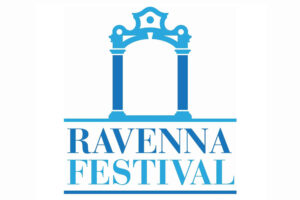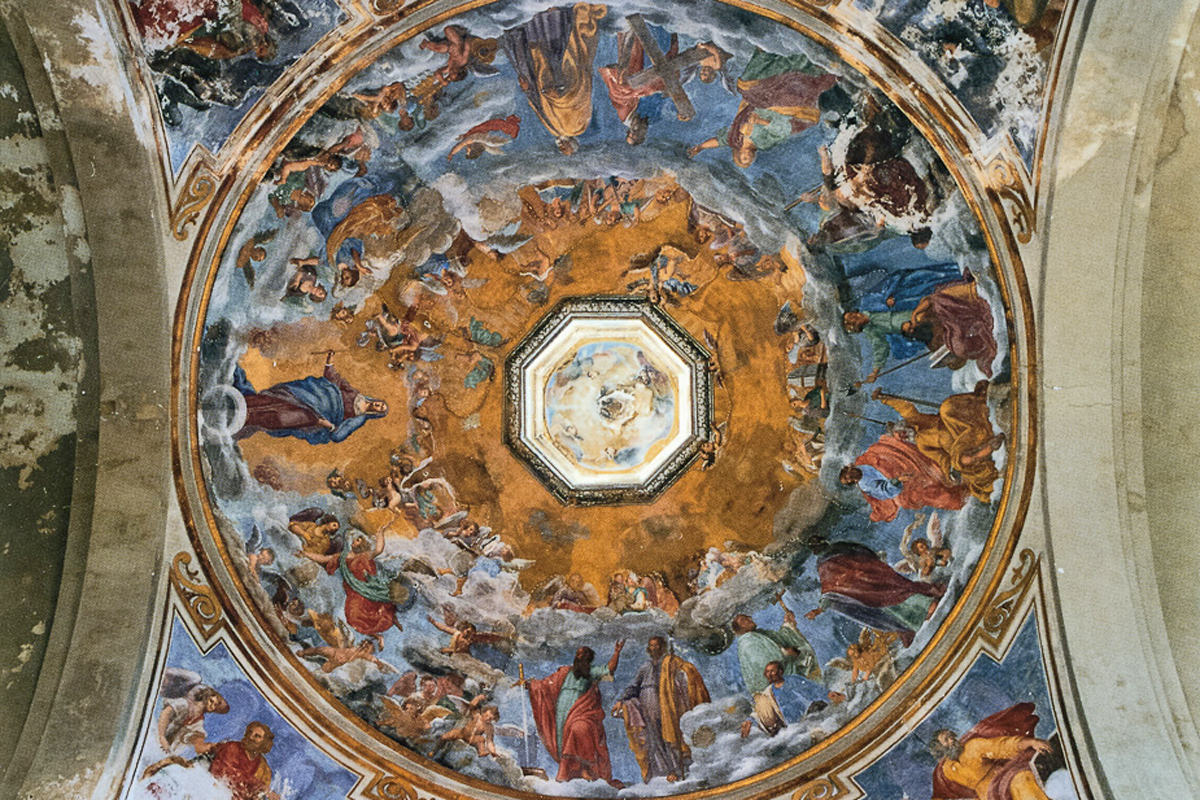Just on the side of the Classense Library, on the corner of Via Baccarini and Via Rondinelli stands the austere brick-built facade of the former CHURCH OF SAN ROMUALDO.
Historical background
Following the Battle of Ravenna on April 11th 1512, the Camaldolese monks based in the Basilica of Sant’Apollinare in Classe decided to move inside the city walls, in an area that they already owned.
Along the present via Baccarini, they built a new abbey, where they also saved the volumes that would later give life to the Classense Library, and a new church dedicated to San Romualdo, founder of their congregation.
The foundation stone was laid in 1630 to a design by the Ravenna architect Luca Danesi, in place of the Church of San Bartolomeo in Turricola.
Some years later – on May 1st 1637 – the church was consecrated by cardinal Luigi Capponi, Archbishop of Ravenna.
The church housed works by artists like Guercino, Giorgio Vasari and Michelangelo Cerquozzi. To enrich this already immense patrimony, during the 17th century the church was further embellished with other works of art by Giovanni Battista Barbiani and Franceschini (now preserved in the city’s Art Gallery) and with the construction of a new altar.
Following the Napoleonic requisitions in 1798, the monks were forced to leave the complex. Most of the furniture of the church were robbed and the church was converted first into a museum, then into a sports hall and finally, in 1935, into a civic memorial to the people who died in war and prison.
The former church waa then renovated and hosted the Risorgimento Museum for many years. Today it is a space dedicated to music, home to various orchestras of the city.
The basilica, structure and decorations
The exterior of the church has remained unfinished. The façade is devoid of decoration. In the central lower part, there is a rectangular portal above the street level. In the upper part, instead, there is a large rectangular window.
A second portal opens in the façade of the left transept, similar to the main one in composition and poverty of decoration, except for the cornice supported by pilasters and the quadrangular bell tower.
The single-nave church also features a refined altar that was built to host the spoils of San Severo. It was designed by Camillo Morigia with marble structures by Giuseppe Toschini and Giuseppe Baroni.
It is also possible to admire frescoes by Giovan Battista Barbiani, such as The Ecstasy of San Romualdo in the choir lunette and The Immaculate in Glory with the Four Evangelists”.
Attached to the Church of San Romualdo is the former sacristy (called Sala Muratori), now part of the Classense Library and used as a conference room.







